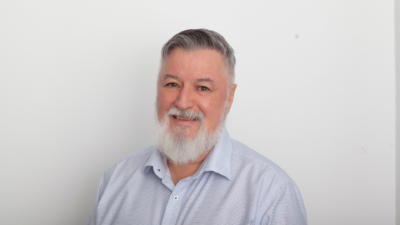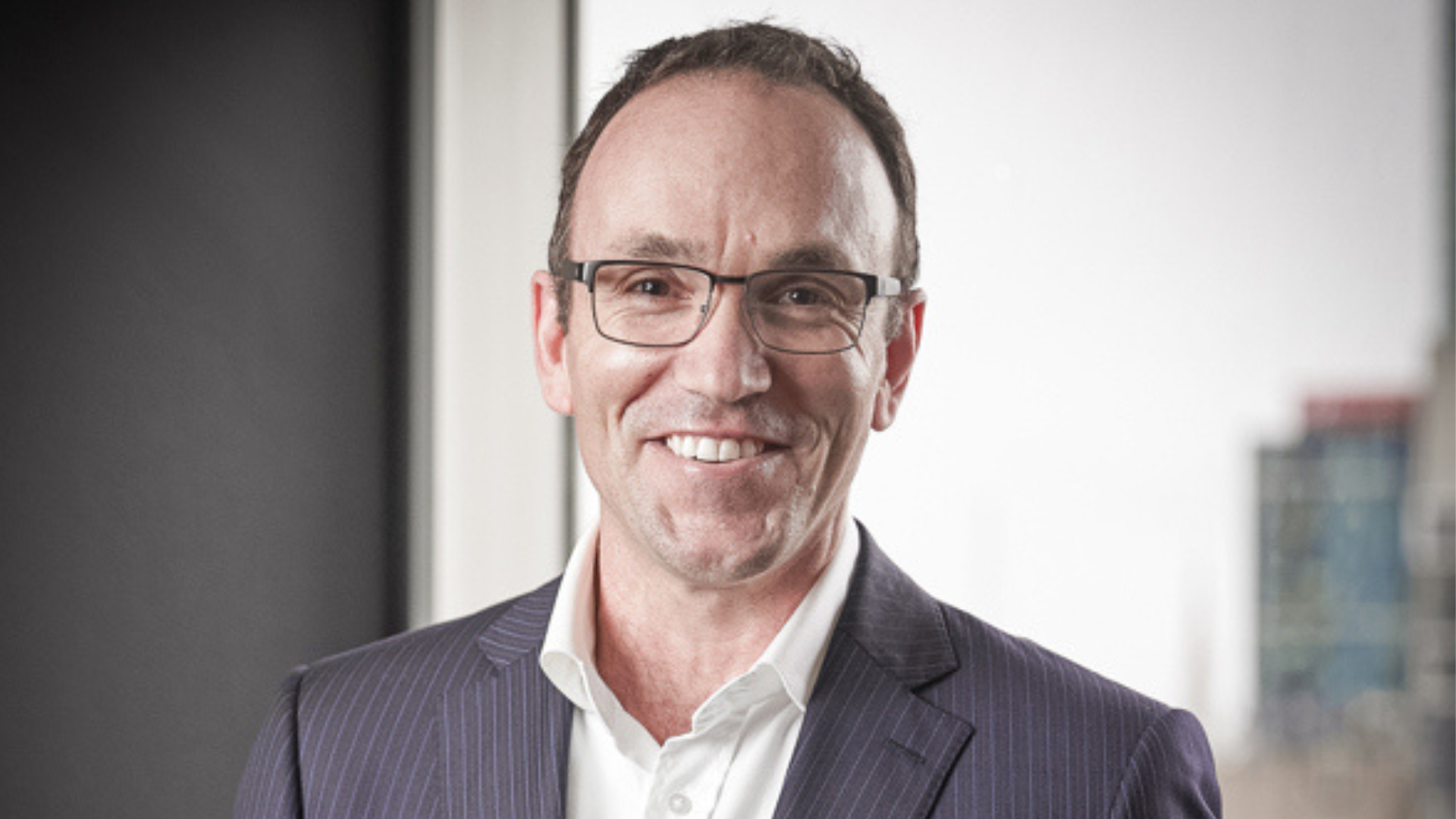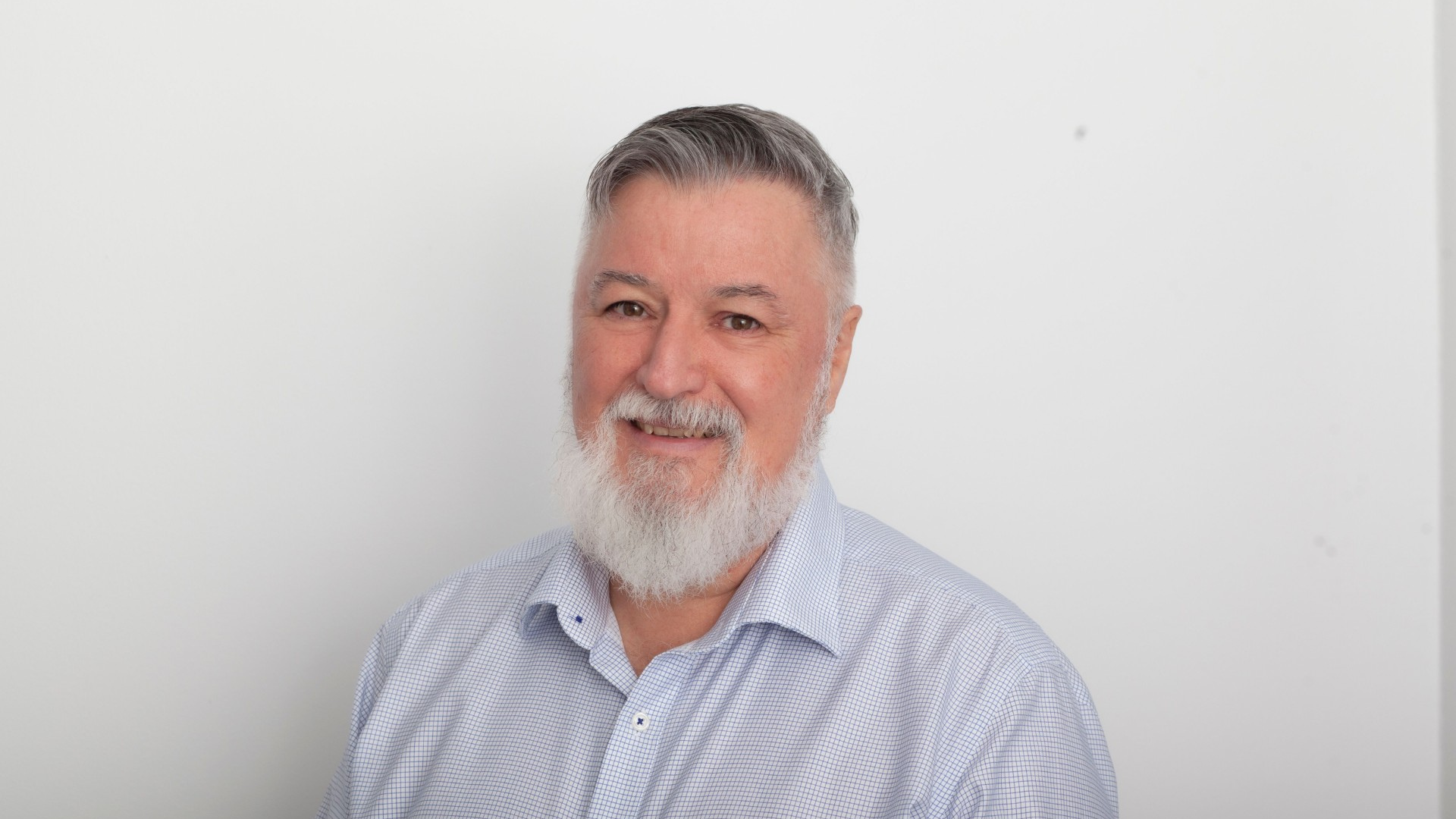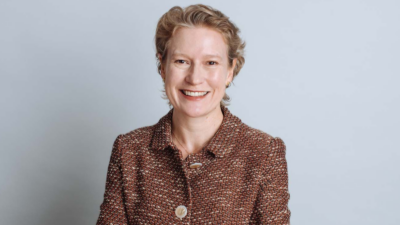How to get some growth in a low-return environment
(pictured: Cassandra Hardman)
It is finally starting to dawn on investors what the low-to-no interest environment means: low returns stretching out, probably, for some years. So what do you do? Cassandra Hardman, one of the pioneers of concentrated portfolios in international equities, has some advice.
In the beta cycles in markets which, at the extremes, can end up in booms and busts, active managers struggle to outperform. In sideways markets, like now, it’s a different story.
Hardman, the co-managing partner of Johnston Asset Management of Stamford, Connecticut, visited Australia last week with her colleague, portfolio manager and managing director Jim Pontone. They told Australian clients and prospects that it was still possible to identify growth companies in which to invest in a low-growth world.
“It is definitely more difficult to find growth companies than it has been in other cycles,” Hardman says. “But there out there and it is still possible to identify them. That’s one issue. The other is finding them at a good price.”
Johnston seeks to buy 10 per cent-plus secular e.p.s. growers at a good discount relative to that at which the broader market is pricing earnings growth.
The valuation bit got a bit easier with the correction in most markets from early this year, particularly the big global growth stocks known as the ‘FANGs’ – Facebook, Amazon, Netflix and Google (Alphabet).
Hardman says that the tech stocks tend to represent the sector with most growth prospects and emerging markets tends to be the region where growth is more likely to be found too. However, recently, she says, there has been a rotation into the health care sector as prices have come back there.
All of Johnston’s portfolios are concentrated including its flagship global strategy, which is marketed in Australia by John Schaffer’s Catallyst Advisors, and its international (non-US) strategy, both of which come under Hardman’s jurisdiction. “Finding high quality companies growing at least double digits and finding them ‘on sale’, pretty much means you’re going to be concentrated” says Pontone.
Hardman recently became the largest shareholder in the privately held fund manager. Its founder, Richard Johnston, has moved along his transition to retirement and has also stepped down as president with the appointment of a new business head for that role, Jeffrey Meyer, who joined Johnston in 2014.
“People are saying that a concentrated portfolio makes sense because of the low-growth environment,” Hardman says. “There’s a serious concern out there for the lack of returns. For the individual investors in particular, there is a real feeling of desperation about yield. Retirees are not being able to meet their own actuarial targets… And there is nothing worse than having to chase performance. You are usually setting yourself up to fail. And it doesn’t help when people are talking about negative interest rates.”
In terms of the global economy she says: “we are still living on life support”. The odds are “pretty low” that everybody – governments and monetary authorities – are going to execute their plans perfectly, she says.
Before she joined Johnston in 1998, during the excesses of the tech bubble, Hardman had spent 12 years at PCM International, the international asset management arm of the US Prudential group, where she became a managing director and principal.
PCM International was started in 1984, two years prior to Hardman joining, to better serve the US institutional clients of Prudential Investment Corporation, which was a subsidiary of the big insurance company. Its brief was: “maximum return”. PCM decided on active management whereby diversification should not be regarded as a constraint. The firm was, possibly, the first in the world to manage concentrated portfolios.
Jim Pontone says that the potential of a concentrated portfolio is to offer a positive return in a negative market. For example, in US dollar terms, Johnston’s emerging markets portfolios were up about 16 per cent last year when emerging markets as a whole were down 16 per cent.
The Johntson global portfolio is assessed against the ACWI (all countries) index which has about 10 per cent in emerging markets. For Johnston, Pontone says, it has got to its 10 per cent through owning consumer-driven product stocks. It does not have any Latin American stocks. One of its current favourites is the HDFC Bank in India.
To get to its portfolio Johnston identifies ideas with a proprietary logarithm driven screen of stocks likely to achieve earnings per share growth of at least 10 per cent over the next three-five years. “The universe has definitely shrunk,” Hardman says.
For Johnston at least, the US presidential race has had a benefit. Both likely presidential candidates, Hillary Clinton and Donald Trump, have announced plans to screw down further on health insurance company reimbursements to consumers. As the biggest drug market in the world, many growth-style pharmaceutical and other health care stocks have come back sharply in price during the election campaign.
By and large, Hardman says, a Trump government would not be good for the global economy because it would appear to favour protectionism.
– Greg Bright









